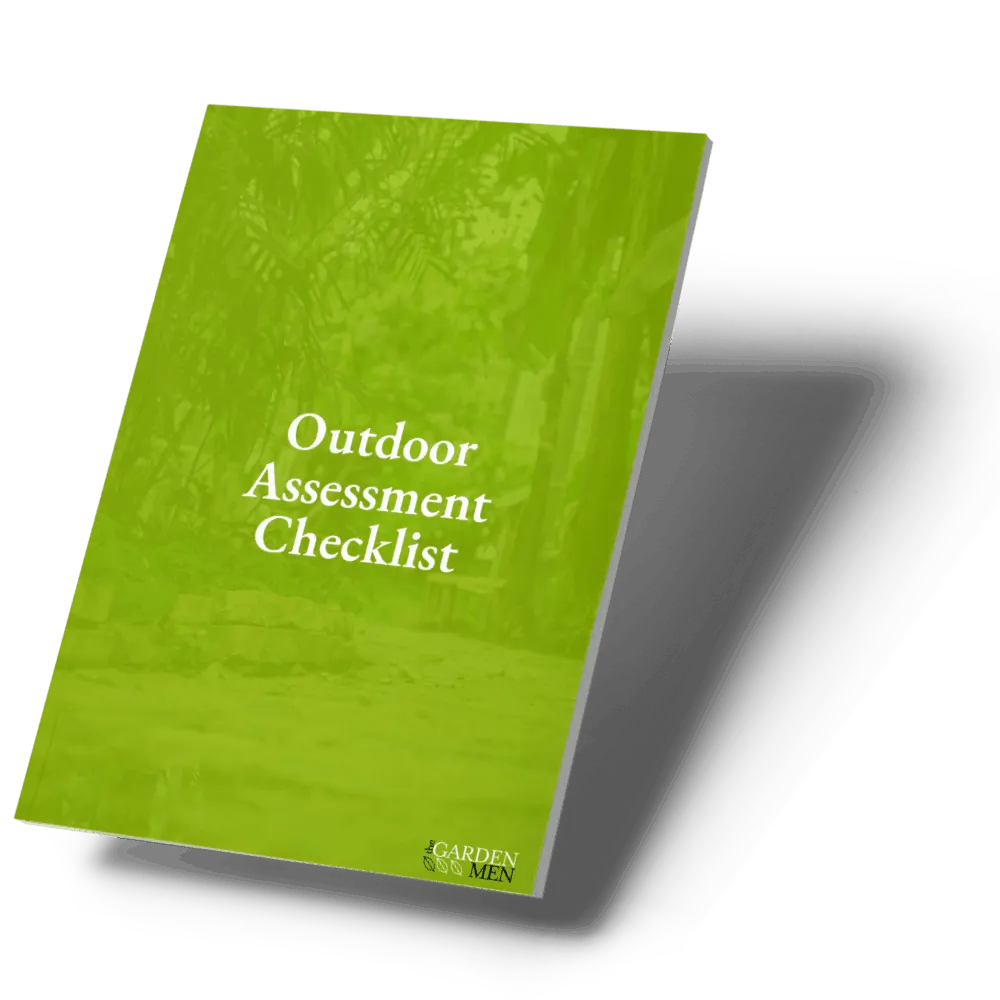Behind every beautiful yard is beautiful lawn. And, if your lawn hasn’t been taken care of (or you don’t even have one yet), it isn’t very beautiful.
If that’s the case, it could be a great idea to lay a completely new lawn.
It’s not the easiest project in the world, and to succeed you’ll need to focus on three key areas: preparation, the laying process itself, and then the after care.
Preparation
You’re probably excited to get going, but rushing into a task like this without careful prep is a real no-no. A useful start point is to gather the tools and materials you’ll need.
Tools and Materials
- Tools: rotary hoe, lawn cutter, mattock (like a pickaxe), shovel, wheelbarrow, lawn leveller, large broom, roller, hose and sprinkler
- Materials: turf, underlay, top dressing and water crystals
Removing your current lawn
If you have an existing lawn that you want to get rid of, you’ll need to pull up your current lawn to remove both the existing surface and all its roots to prevent regrowth. Some people just use poison to kill off their current lawn before laying a new one on top. Don’t do that.
The compacted dead layer will stop your new lawn’s roots from reaching the soil it needs to establish itself and then thrive.
Use the rotary hoe or lawn cutter instead.
Preparing the ground
Remove rocks and weeds, and dig up and thoroughly turn over the existing soil. Remove any excess (with the shovel and wheelbarrow) to set a level for your new lawn. Use the rotary hoe to turnover the soil. Make sure you break up any compacted clods in the soil before putting underlay in place. This helps avoid a bumpy surface; large clods can also create damaging air pockets that prevent moisture retention.
Final soil consideration
Understand the type of soil you’ll be laying your new turf onto. For sandy soil, add a little organic material (or underlay). If, however, it’s acidic, add some lime. And if it’s clay, introduce some gypsum.
Putting your underlay in place
This is an 80/20 mix of sand and organic matter, and delivers a welcoming, soft environment which allows vital root systems to establish with as little effort as possible. Lay to a depth of round 50mm, allowing for a height of 40/50mm for any existing paths.
Depending on the geography and possible slopes of the area you’re covering, you might need to fall the underlay away from the house to help ensure maximally-effective drainage. An alternative would be to install a slotted PVC pipe.
Take a large broom or lawn leveller across the surface to carefully level it. Finally, to increase water retention, sprinkle water-holding gel crystals onto the prepared surface (following guidelines on the package).
Laying your new lawn
After the turf has been delivered, aim to set it in place as quickly as possible. Follow this process for the best results:
- Put the header (border) section in place
- Using the same pattern as for laying bricks, fill the remaining space
- Lay in a sequence that means you avoid walking over any newly-laid turfs
- Unless you’re working in cool weather, water each section as you go
- Push the edges together tightly; don’t pull or stretch the turfs to fit a certain space
- Make sure no sections overlap
- Trim off excess using shears, lawn scissors or a shovel
Following this process avoids obvious seams, gaps for weeds to inhabit, or lumpy and dried-out overlaps.
Key actions after your new lawn is in place
It’s vital to use a lawn roller to flatten out the surface, push the new turfs into the soil, help the roots to establish themselves as quickly as possible, and also remove any damaging air pockets.
Water your new lawn right away – it needs a LOT of water at the start. You’ll probably want to water it morning and night for about three or four weeks weeks. Then, match watering to the weather and season, probably weekly in the winter and daily in the summer.
After two or three months, if you want to boost your new lawn with the use of a lawn fertiliser, closely follow product instructions.
In terms of mowing, make sure the new grass has taken root (if you grab a handful and pull, it shouldn’t lift up). Set the cutters a little higher than usual for the first cut.
How long before my new lawn is properly established?
This is a question we are often asked. Usually, it takes about six months or so before it’s completely settled. Incidentally, don’t be alarmed if it loses a little more colour than you’d normally expect during its first winter. It’s just getting fully used to its living environment, and the roots are still bedding themselves in.
Sound painful?
We’re happy to help! Our team are lawn experts in Sydney and we have been turfing gardens and backyards for decades. If you’d rather enjoy the finished product than the back-breaking process, we can do the sweating on your behalf.






